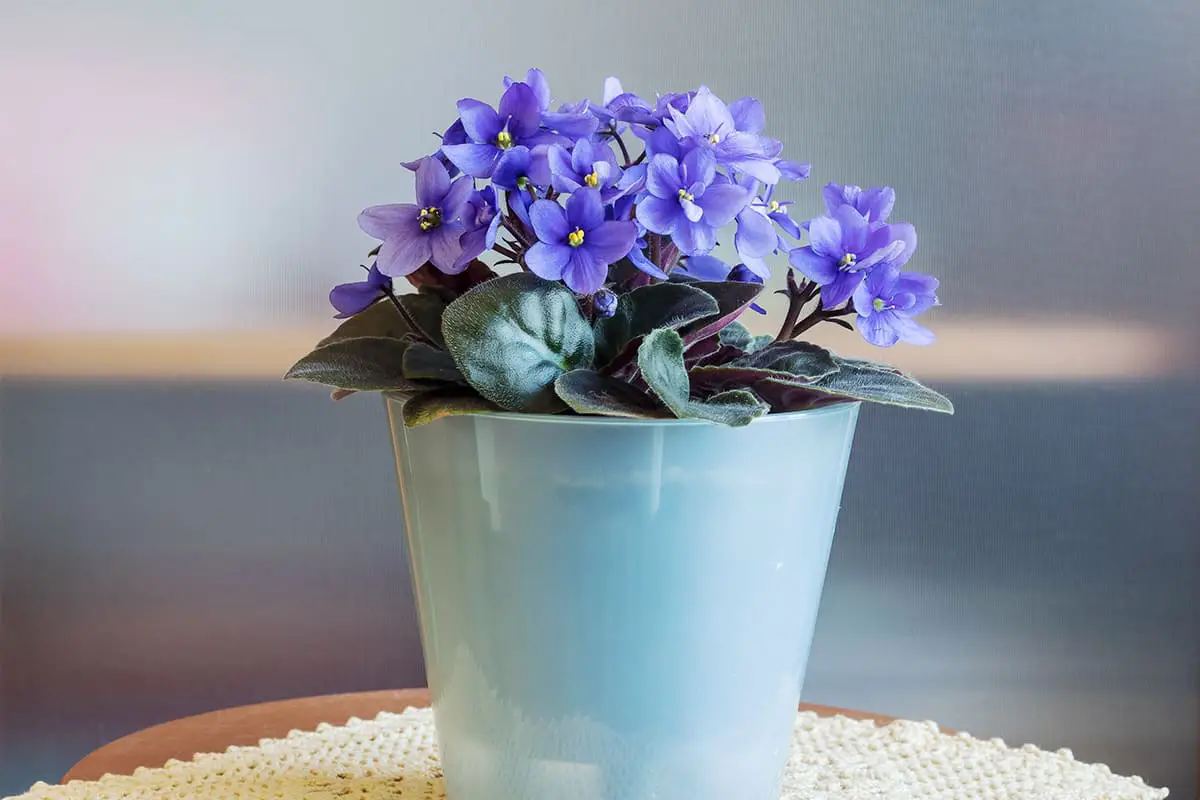Repotting African violets can feel like upgrading a cherished home for a growing family. You know the feeling – when your once-comfy space starts feeling a bit snug, and it’s time for a change. Well, just like how a bigger house can bring new life to your family, repotting your African violets can give them the space they need to thrive and bloom even brighter.
Let’s dive into how to give your violets their well-deserved new digs.
Table of Contents
Assessing When to Repot
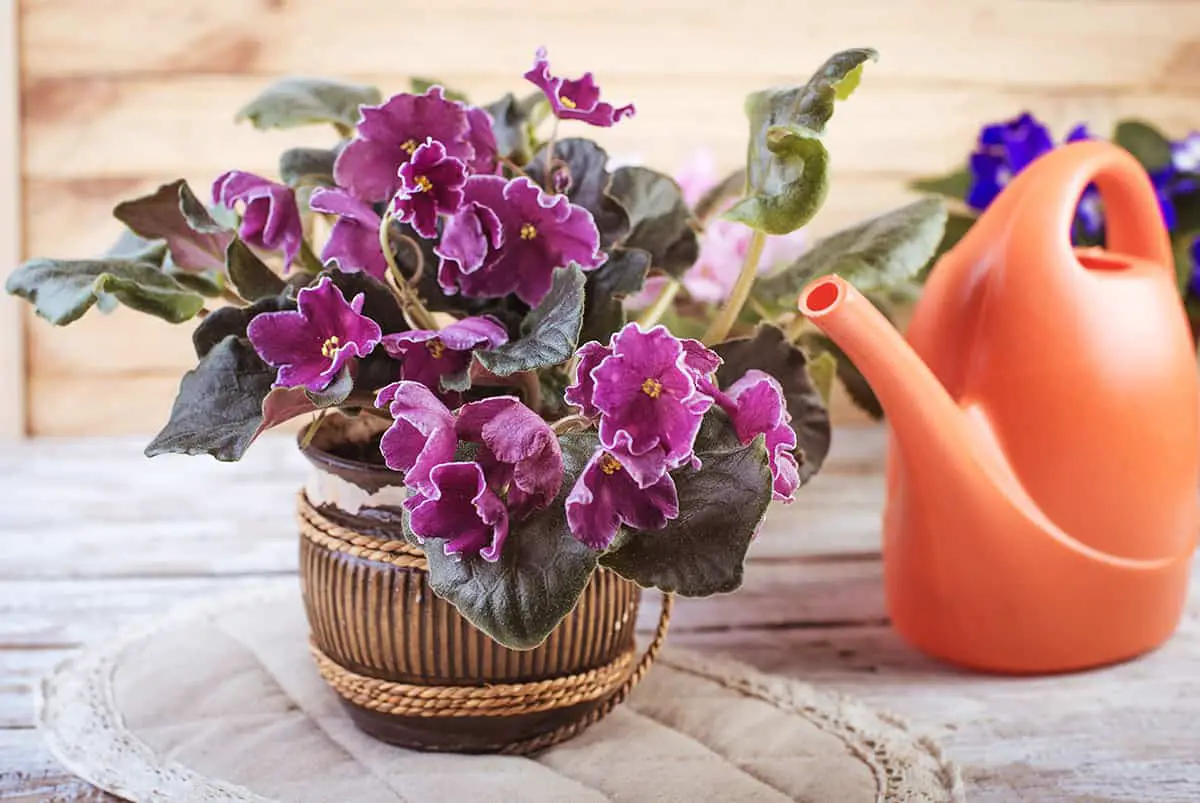
Knowing when to repot your African violets is crucial for maintaining their health and encouraging growth. This section guides you through identifying the right time for this important task.
Signs of a Root-Bound Plant
When African violets become root-bound, the roots start to circle the bottom of the pot, constricting themselves. You may notice slowed growth and that the water runs straight through the pot, signaling it’s time for a larger home.
Seasonal Considerations
African violets often fare best when repotted in spring or summer. These seasons align with their active growth period, offering a smoother transition and faster root establishment in the new potting mix.
Selecting the Right Pot
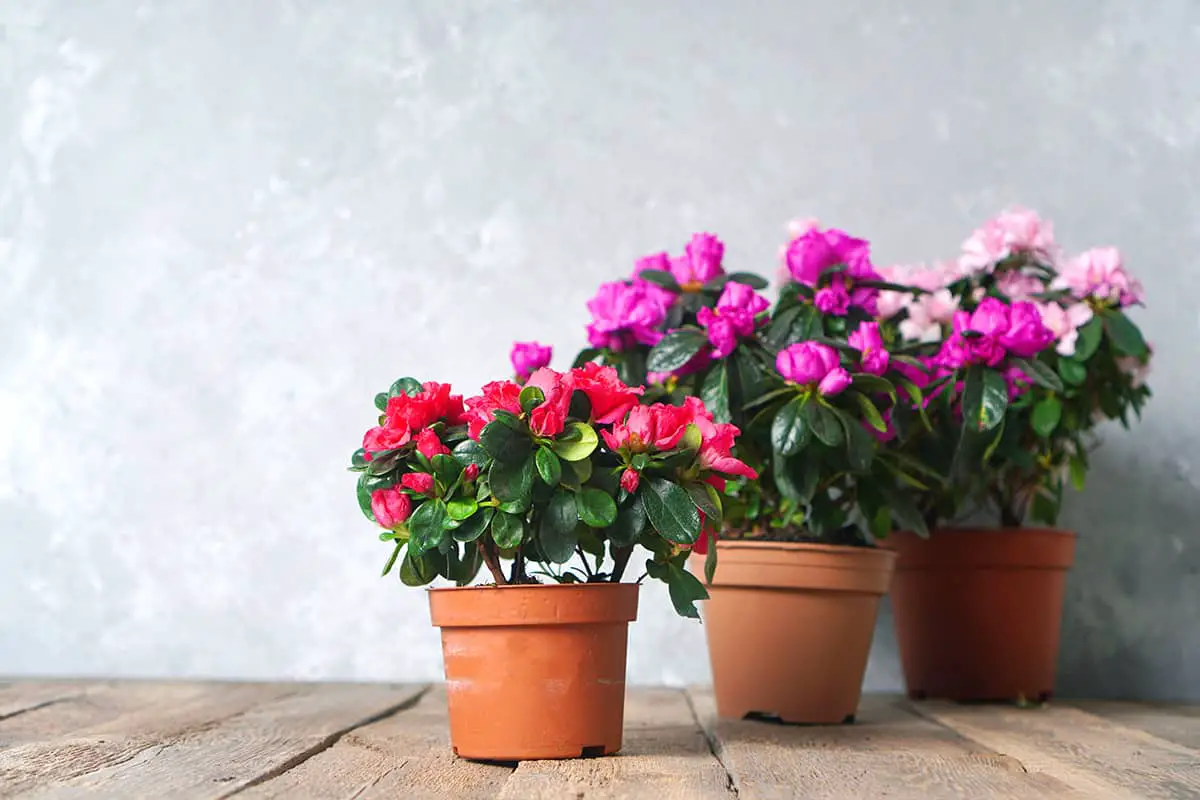
When repotting African violets, the correct pot selection is crucial for plant health. You need a pot that suits your plant’s size and ensures proper drainage.
Pot Size and Material
Your African violet thrives in a pot proportionate to its size. Generally, a pot’s diameter should be about one-third the width of the plant’s leaf span. For a plant with a 12-inch leaf span, a 4-inch pot is ideal. As for the pot’s material, it should be porous, like unglazed ceramic or terracotta. These materials allow soil to breathe and help prevent water retention that could cause rot.
Drainage Requirements
Good drainage is vital for African violets. Your pot must have holes at the bottom to let excess water escape. This prevents the roots from sitting in water, which could lead to fungal diseases. If you prefer, use self-watering pots to maintain consistent moisture without the risk of overwatering.
Choosing the Appropriate Soil
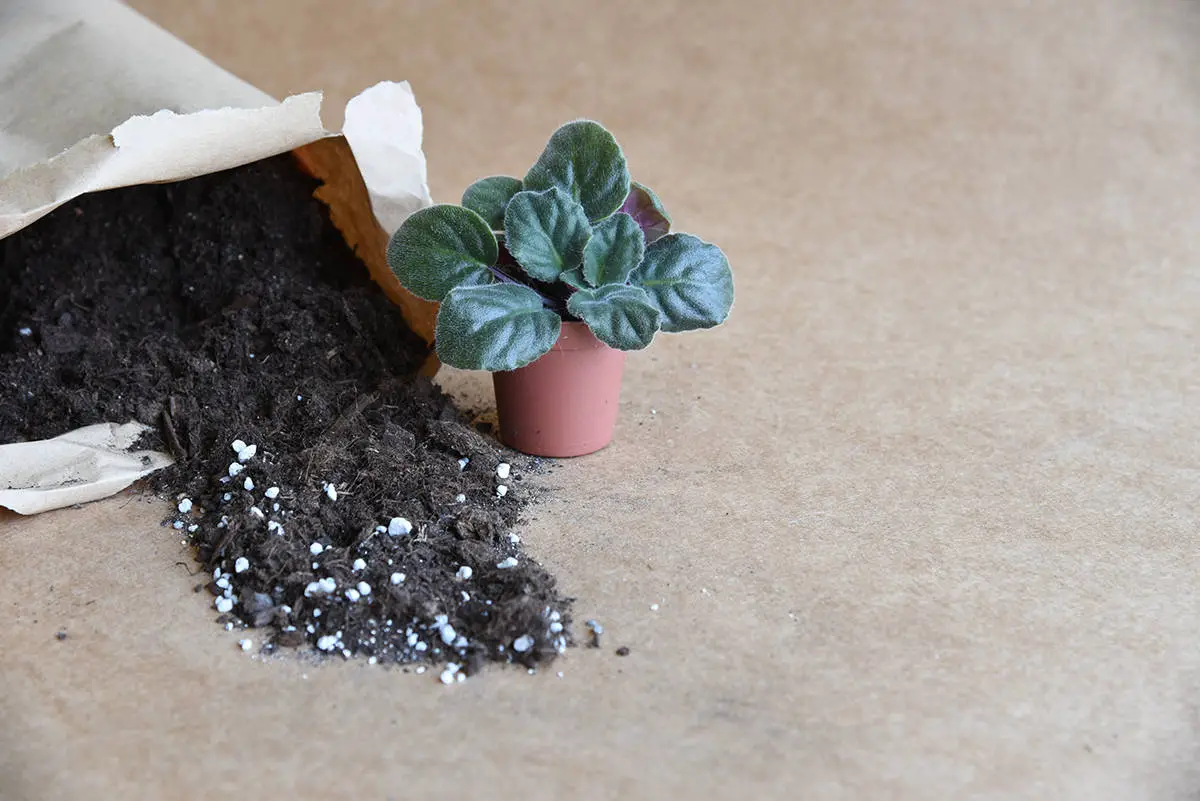
Selecting the right soil for your African violets is crucial for their health and growth. The ideal soil provides adequate drainage and the proper nutrient balance.
Soil Composition
Your African violets will thrive in a light, well-aerated, and well-drained soil mix. They prefer their roots to be slightly snug, so a mix containing equal parts peat, perlite, and vermiculite ensures a good balance of moisture retention and air space. You could also include a high percentage of organic matter to mimic their natural growing conditions.
pH Levels
African violets require slightly acidic soil, with an optimal pH between 6.0 and 6.5. To maintain these levels, you can test the soil using a pH meter and adjust as necessary with amendments such as sphagnum peat to lower the pH or lime to raise it. Keeping the pH in this range will help the violets absorb nutrients effectively.
The Repotting Process

Removing the Plant
You must first take your African violet out of its current pot. Gently squeeze the sides of the pot and tilt it to ease out the plant. Beware of harming the delicate leaves and roots during this step.
Trimming the Roots
Inspect the roots closely and use sterilized scissors to snip away any dead or overgrown parts. This trimming allows the African violet to direct energy to healthier roots once repotted.
Adding Soil to the New Pot
Add fresh potting mix to the new pot before placing the plant inside. A suitable mix supports root aeration and drainage, traits crucial for African violets.
Positioning the Plant
Settle the African violet in the center of the pot. The crown should be slightly above the soil to prevent crown rot and encourage blooming.
Final Soil Adjustment
Add more soil around the roots until the plant is secure. Pat down the soil gently, ensuring the crown remains above soil level. Remember to water the plant after repotting to help it adjust.
Post-Repotting Care
Watering After Repotting

Water your African violets carefully following repotting. The top layer of soil should dry out before you water again. Avoid soaking the leaves or base and ensure excess water drains away.
Light and Temperature
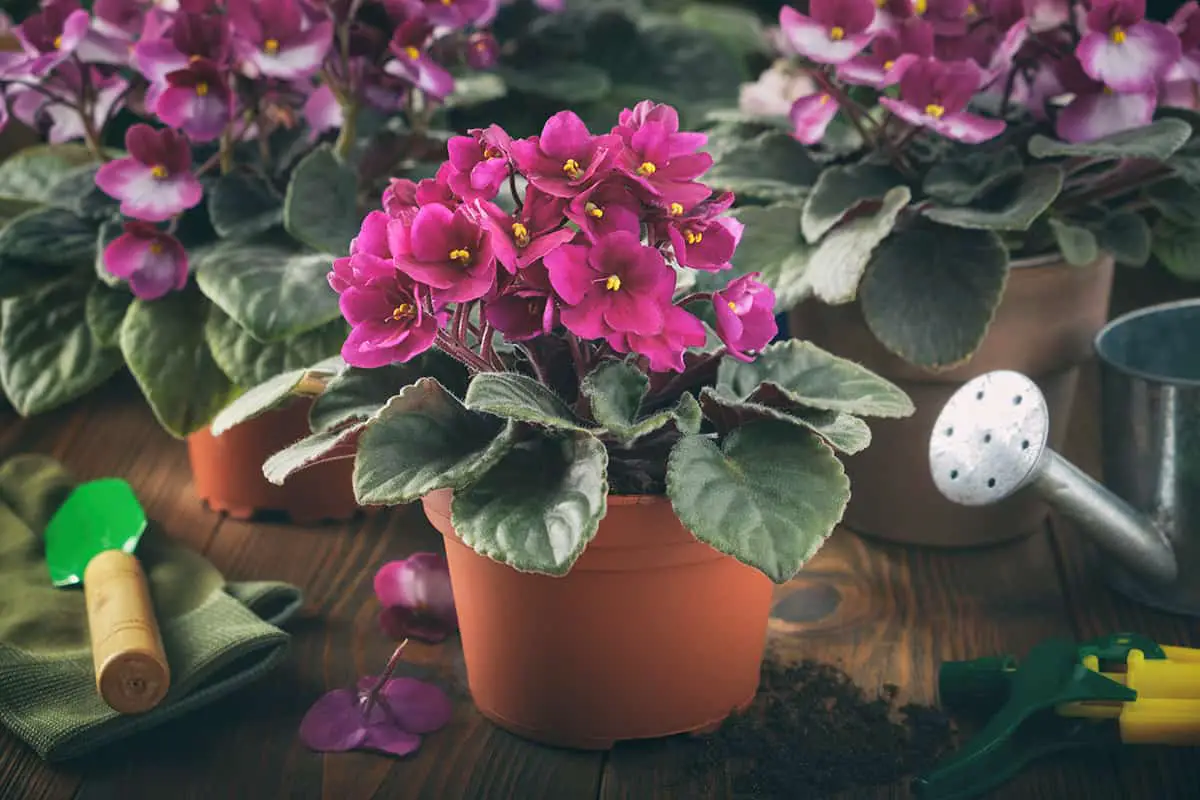
Place your African violets in a spot with bright, indirect light and maintain a consistent temperature. They flourish in warmth, preferably between 65-75°F (18-24°C), without sudden changes.
